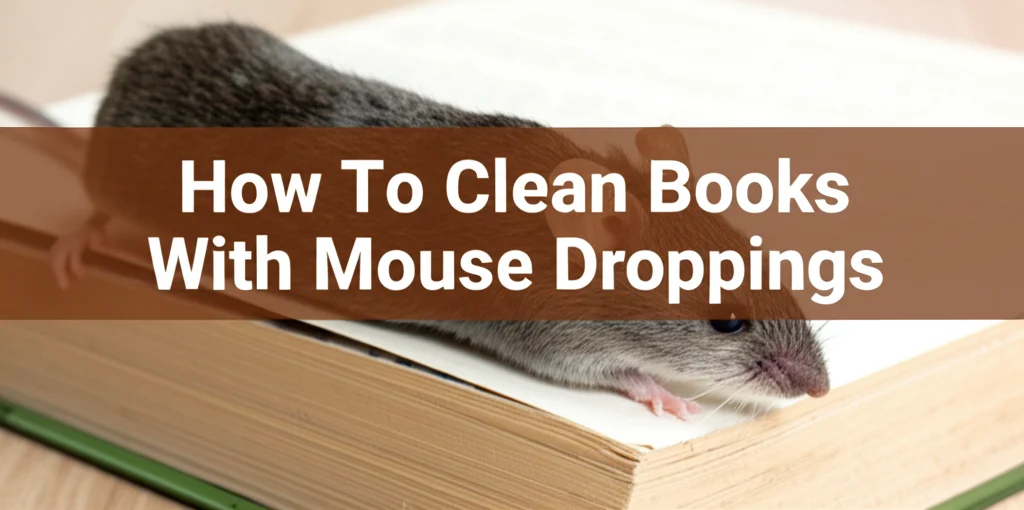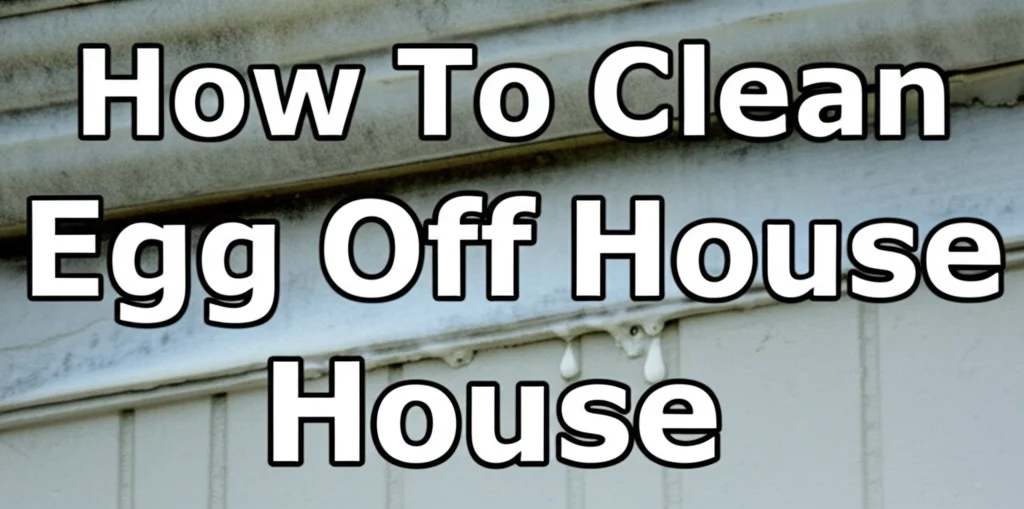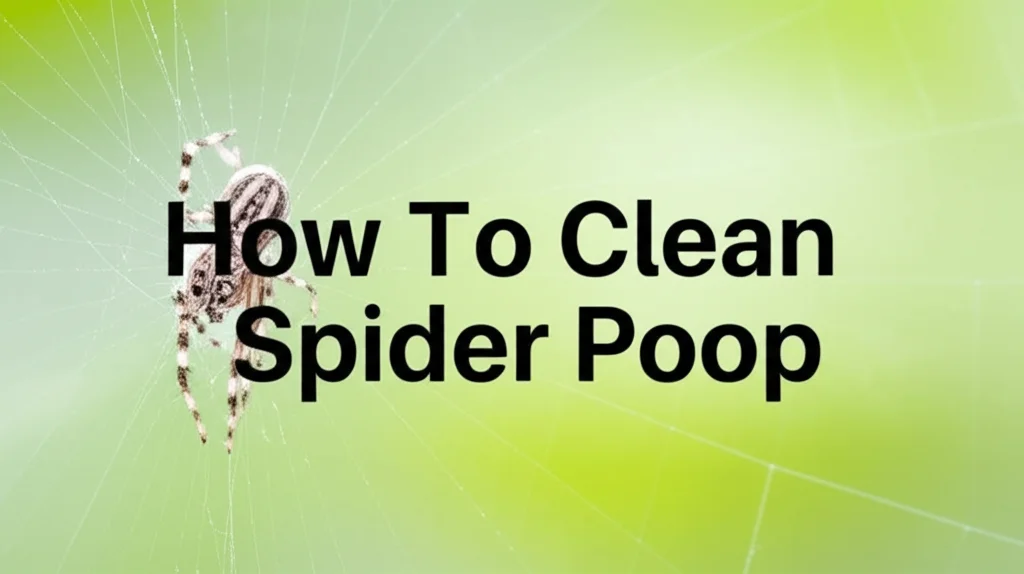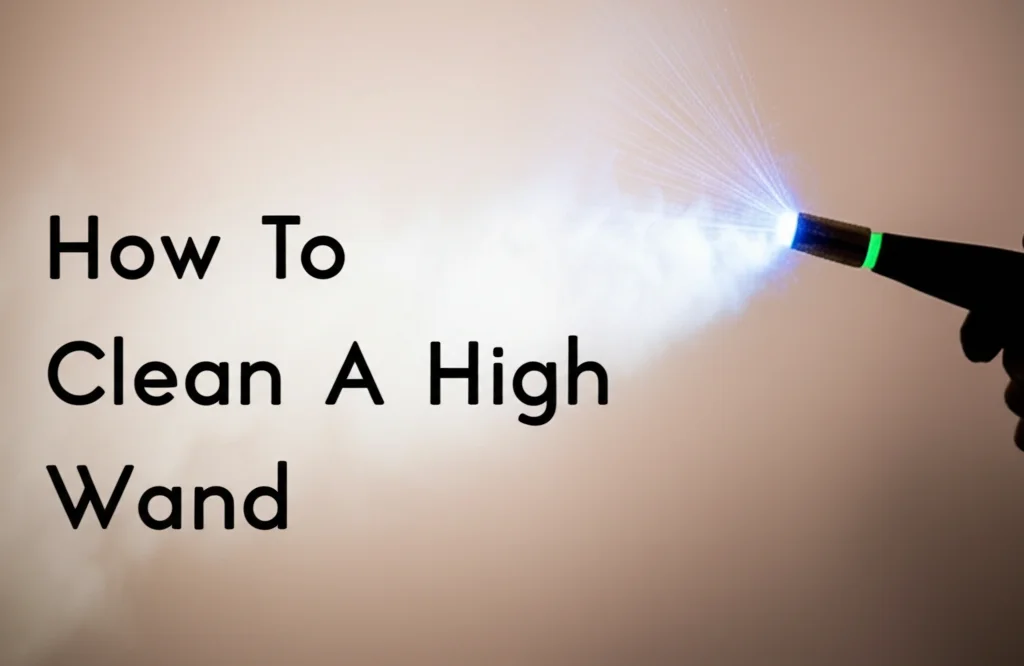· Home Cleaning · 7 min read
How To Clean House After Lice?
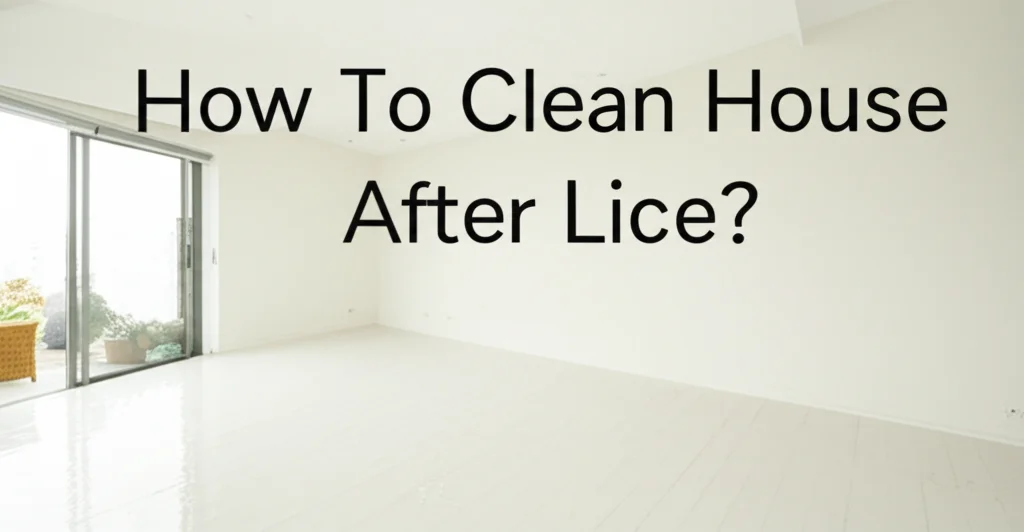
Dealing with Lice? Let’s Clean Your House!
Finding lice on a family member is stressful, and the thought of cleaning the entire house afterward can feel overwhelming. But don’t worry, a thorough cleaning is a crucial step in eliminating these pesky parasites and preventing a re-infestation. This guide will walk you through exactly how to clean your house after lice, covering everything from laundry to furniture. We’ll focus on practical steps you can take to ensure your home is lice-free. We’ll cover what areas need the most attention and the best methods for cleaning them, giving you peace of mind. Let’s get started and reclaim your home!
Takeaway:
- Wash all bedding, clothing, and towels in hot water and dry on high heat.
- Vacuum all carpets, rugs, upholstery, and car seats thoroughly.
- Seal non-washable items in a plastic bag for two weeks.
- Disinfect combs, brushes, and hair accessories.
- Maintain regular cleaning to prevent future infestations.
How long after treatment do you need to clean the house for lice?
You should begin a thorough house cleaning immediately after starting lice treatment on affected individuals. Continue cleaning and vacuuming daily for at least a week to ensure any stray lice or nits are removed.
1. Understanding Lice and Their Lifespan
Before diving into cleaning, it’s important to understand the enemy. Lice are tiny, wingless insects that live on the human scalp and feed on blood. They lay eggs (nits) that are firmly attached to hair shafts. These nits are very small and can be difficult to see. A single louse lives for about 30 days, while nits hatch in 7-10 days. Knowing this lifecycle helps you understand why a thorough and sustained cleaning effort is necessary. Lice can’t survive long off a human host, typically less than 24-48 hours, but nits can remain viable for a longer period.
2. Laundry: Your First Line of Defense
Laundry is a major focus when dealing with lice. Lice and nits can cling to fabrics, so washing everything that may have come into contact with an infested person is essential. This includes clothing, bedding, towels, hats, scarves, and even stuffed animals.
- Wash in Hot Water: Wash all washable items in hot water (at least 130°F or 54°C). This temperature kills lice and nits.
- High Heat Drying: Dry everything on the highest heat setting for at least 30 minutes. Heat is just as important as washing.
- Dry Clean: Items that cannot be washed should be dry-cleaned.
- Bag It Up: For items that can’t be washed or dry-cleaned, seal them in a plastic bag for two weeks. This will suffocate any lice or nits. Consider this for large stuffed animals or delicate items.
3. Vacuuming: Targeting Carpets, Furniture & More
Vacuuming is critical for removing lice, nits, and shed hair from surfaces throughout your home. Pay close attention to areas where the infested person spends a lot of time. A powerful vacuum with a hose attachment is ideal for reaching crevices and upholstery.
- Carpets and Rugs: Vacuum all carpets and rugs thoroughly, paying attention to edges and under furniture.
- Upholstery: Vacuum all upholstered furniture, including sofas, chairs, and cushions. Don’t forget to vacuum under the cushions!
- Car Seats: Vacuum car seats thoroughly, as lice can easily spread in enclosed spaces.
- Mattresses: Vacuum mattresses, focusing on seams and crevices.
- Dispose of Vacuum Bag: After vacuuming, immediately dispose of the vacuum bag or empty the canister outdoors in a sealed plastic bag. This prevents any surviving lice from escaping.
4. Disinfecting Personal Items: Combs, Brushes & Accessories
Combs, brushes, hair ties, and other hair accessories can harbor lice and nits. These items need to be thoroughly disinfected. You can use several methods to achieve this.
- Hot Water Soak: Soak combs and brushes in hot water (at least 130°F) for 5-10 minutes.
- Rubbing Alcohol: Soak combs and brushes in rubbing alcohol for at least an hour.
- Dishwasher: Combs and brushes can also be run through the dishwasher on the hottest setting.
- Seal and Store: If you prefer not to disinfect, seal these items in a plastic bag for two weeks.
5. Cleaning Hard Surfaces: Floors, Furniture & Beyond
While lice primarily live in hair, they can briefly survive on hard surfaces. Cleaning these surfaces helps eliminate any stray lice or nits. You can use a variety of cleaning solutions.
- All-Purpose Cleaner: Use a general all-purpose cleaner to wipe down hard surfaces like floors, countertops, and furniture.
- Vinegar Solution: A solution of equal parts white vinegar and water can also be used to disinfect surfaces. https://www.beacleaner.com/how-to-clean-hardwood-floors-with-vinegar/ provides more information on using vinegar for cleaning.
- Steam Cleaning: Steam cleaning can be effective in killing lice and nits on carpets and upholstery. However, always test a small, inconspicuous area first.
- Pay Attention to Headrests: Don’t forget to clean headrests on chairs and in cars.
6. Dealing with Non-Washable Items: Toys & Delicate Fabrics
Some items, like stuffed animals and delicate fabrics, can’t be easily washed or dry-cleaned. These items require a different approach.
- Sealing in Plastic: The most effective method is to seal these items in a plastic bag for two weeks. This suffocates any lice or nits.
- Freezing: You can also freeze non-washable items for 24 hours to kill lice and nits.
- Sunlight Exposure: If possible, expose items to direct sunlight for several hours. Sunlight can help kill lice.
7. Preventing Re-infestation: Ongoing Cleaning & Vigilance
Cleaning after lice is just the first step. Preventing re-infestation requires ongoing vigilance and regular cleaning.
- Regular Vacuuming: Continue to vacuum frequently, especially in areas where the infested person spends time.
- Avoid Sharing: Discourage sharing of hats, scarves, combs, and brushes.
- Regular Head Checks: Regularly check family members for lice, especially if there’s been a known outbreak at school or daycare.
- Maintain Cleanliness: Keep bedrooms and common areas clean and tidy. https://www.beacleaner.com/how-to-clean-vinyl-plank-flooring/ offers tips for maintaining clean floors.
Frequently Asked Questions (FAQs)
Q: How often should I vacuum after finding lice? A: Vacuum daily for at least a week after starting treatment and initial cleaning. Continue vacuuming several times a week for the following two weeks to ensure any remaining lice or nits are removed.
Q: Can lice live on furniture? A: Lice can survive for a short time (24-48 hours) off a human host, so they can temporarily live on furniture, carpets, and bedding. Thorough cleaning is essential to eliminate them.
Q: Is it necessary to treat pets for lice? A: Human lice do not infest pets. However, if you suspect your pet has fleas or other parasites, consult a veterinarian.
Q: How long does it take to completely get rid of lice? A: It typically takes 2-3 weeks to completely eliminate lice, including treatment, cleaning, and follow-up checks.
Q: What if I find nits after cleaning? A: Finding a few nits after cleaning isn’t uncommon. Continue to monitor and remove them manually. If you find a significant number of nits, repeat the cleaning process.
Conclusion: A Lice-Free Home is Achievable!
Cleaning your house after lice requires effort, but it’s a vital step in eliminating these pests and protecting your family. Remember to focus on laundry, vacuuming, disinfecting, and ongoing prevention. By following these steps, you can create a lice-free environment and regain peace of mind. Don’t hesitate to repeat cleaning procedures if necessary, and stay vigilant for any signs of re-infestation. A clean home is a healthy home, and with a little dedication, you can successfully tackle this challenge. If you’re looking for more detailed cleaning advice, explore our other resources on https://www.beacleaner.com for tips on everything from floor cleaning to stain removal.

